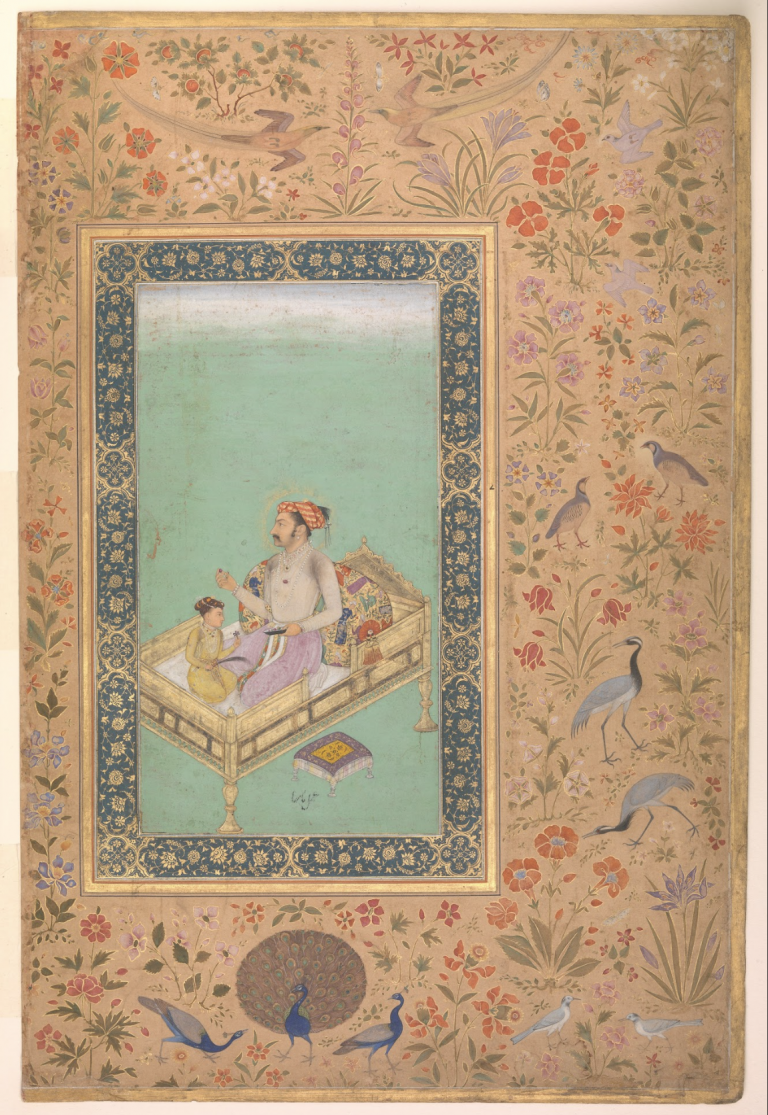
From within the image, there emerges an excess, which disturbs visual perception and folds the photograph’s spatial continuum into a double figuration, an excess mobilized by The Otolith Group in Preparations I-V (2006). In these black and white photographs, we perceive groups of sari-clad Indian women together with their Western-dressed counterparts whose images are mirrored horizontally. They are seen under a large garden fountain, arm in arm before a nondescript building, seated in an impossibly wide automobile, as passengers on a boat traveling down a river of doppelgangers, and in a textile factory where the image transforms into a multiplicity of threads. Weaving together disparate time zones of past and present – and even intimating a future of the genetic modulation of human beings – the representations collect historical documents and situate them in newly meaningful constellations.

Founded in London in 2002 by artist-theorists Anjalika Sagar and Kodwo Eshun, The Otolith Group is known widely for their remarkable Otolith Trilogy of 2002-2008, for which they exploited the critical potential of the ‘essay film’ – a distinctive mixture of documentary and dramatic imagery accompanied by poetic, historical, and often autobiographical narration that, reanimating the tradition of diverse filmmakers such as Chris Marker, Jean-Luc Godard, and Black Audio Film Collective, works to disrupt the clear boundaries between fact and fiction, subjectivity and objectivity, the real and the imaginary. Similarly in the photographic cycle Preparations, by assembling constellations of historical fragments set within newly imagined scenarios, the group recovers what they term ‘past potential futures’ – arrangements of the sensible that loosen representation’s incrustations, breaking open its sense of finality and historical closure, simultaneously redirecting the outmoded and forgotten as newly determinant forces on reality.

Following their discovery at Sagar’s family home in Bombay of a box of aged documents recording a 1953 visit of an Indian stateswomen to the USSR – of which her grandmother, Anasuya Gyan-Chand, President of the National Federation of Indian Women, was part – The Otolith Group returned to that nearly forgotten Indo-Russian history. As if bearing the visual traces of their removal from their own historical time, the digital manipulations create fascinating misshapen figures in the centre of each photograph. Some, as in Akephaloi and Scyritae, generate bulbous protrusions that grow from their bodies; others, like Pandore and Astomoi, appear as faceless, inchoate beings.

These optical anomalies suggest visualisations of the wrapping of reality with its virtual unfoldings, engendering monstrosities born of convention-defying unfamiliarity. Denying the snapshot’s punctuality, the doubleness shows existence strewn across multiple temporalities, signalling an excess of potentiality that haunts the image’s present and renders it available for future redemption. At the same time, the imagery of freakish mutants deliberately evokes the ancient Mediterranean world’s notions of India; the photographs take their titles from classical Greek names for far-away ‘fabulous races,’ as found in Pliny the Elder’s Historia Naturalis. Regenerated by Otolith, the fantastical visions indebted to age-old xenophobia now suggest the dormant promise of early encounters between cultures, a promise that still today has yet to be realized.













